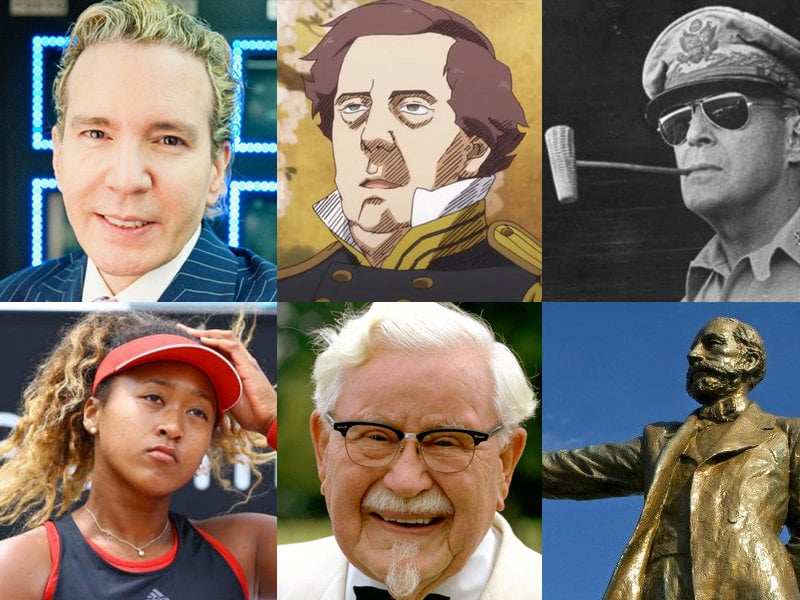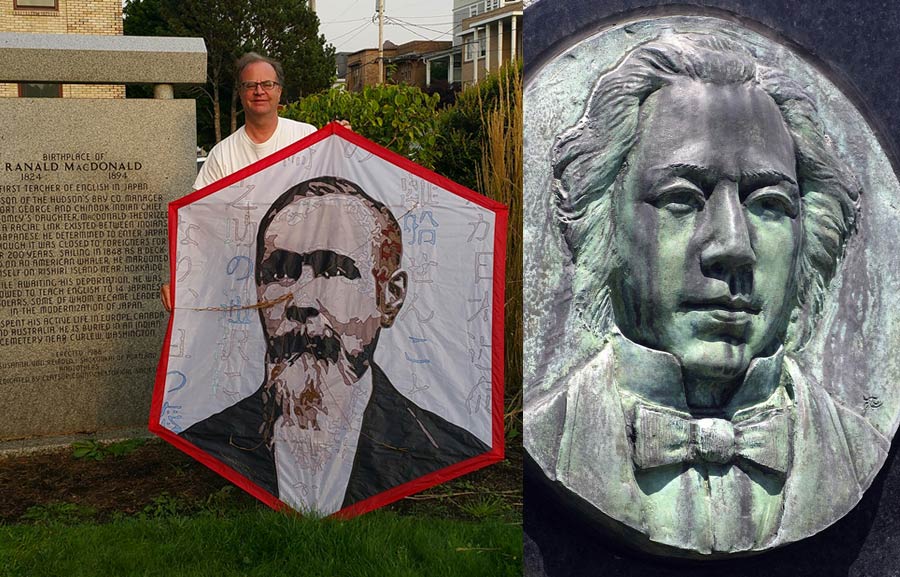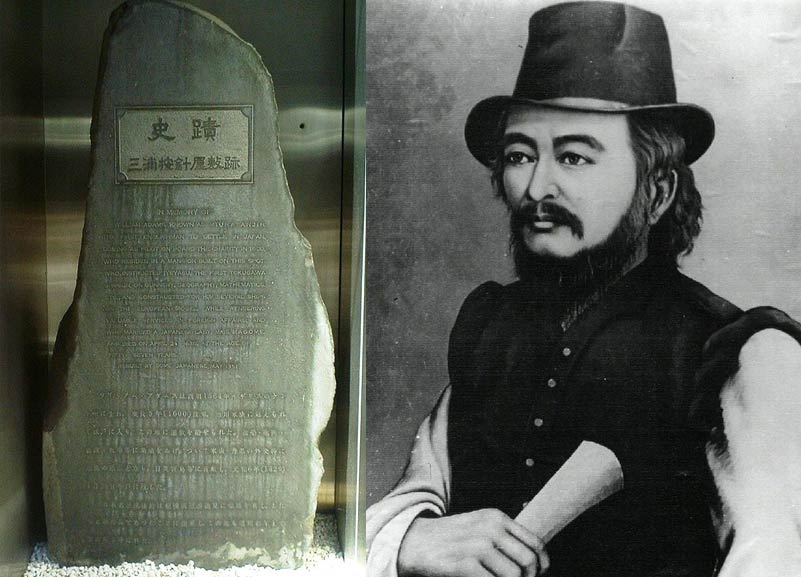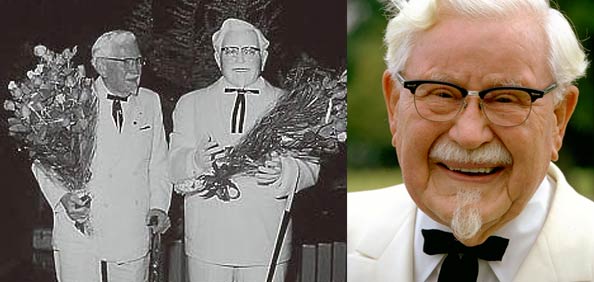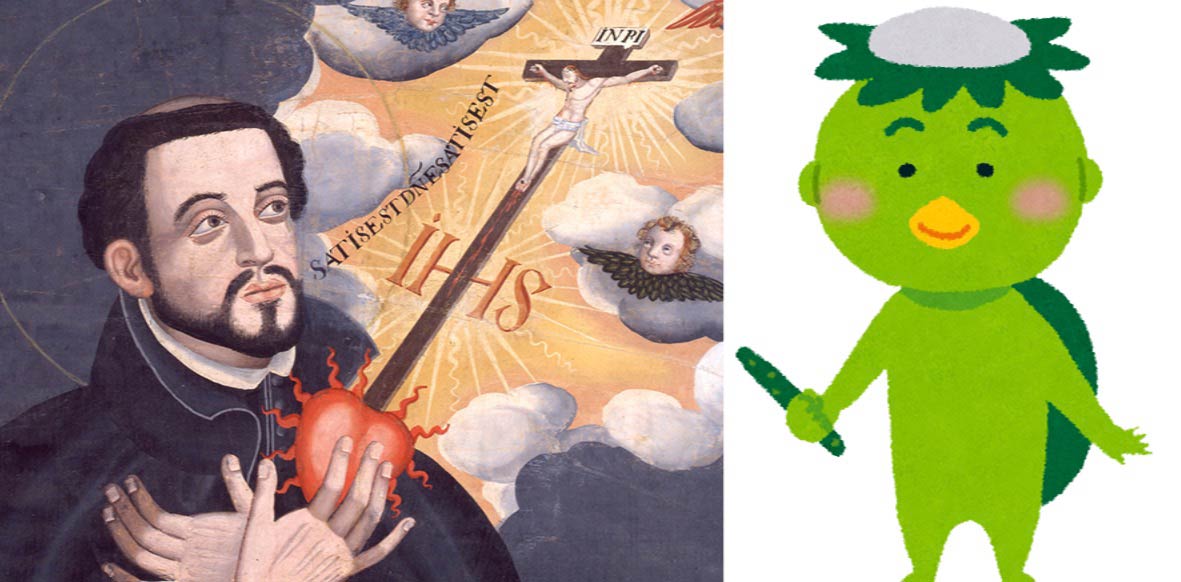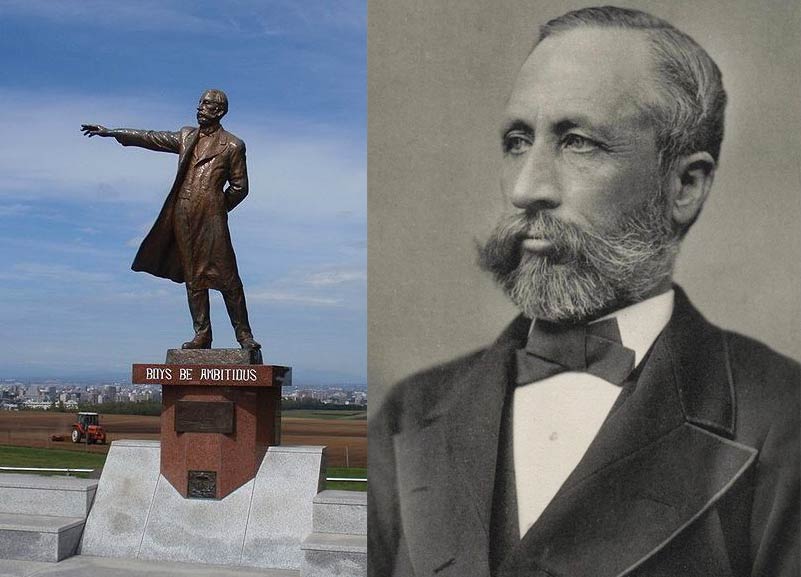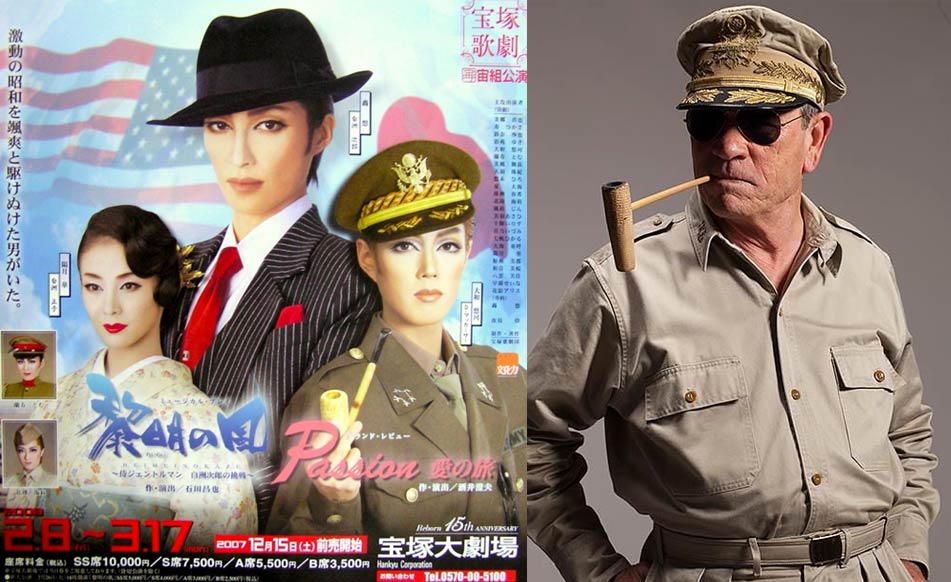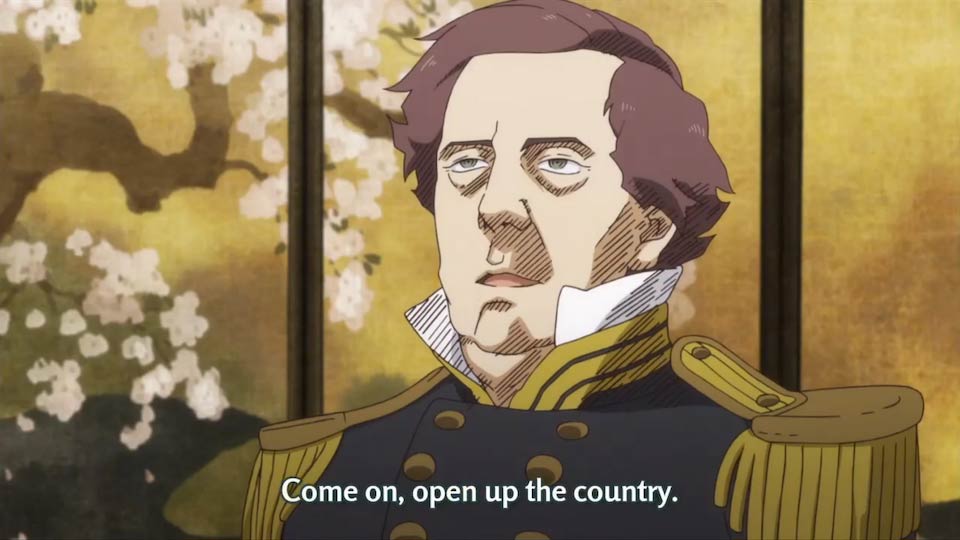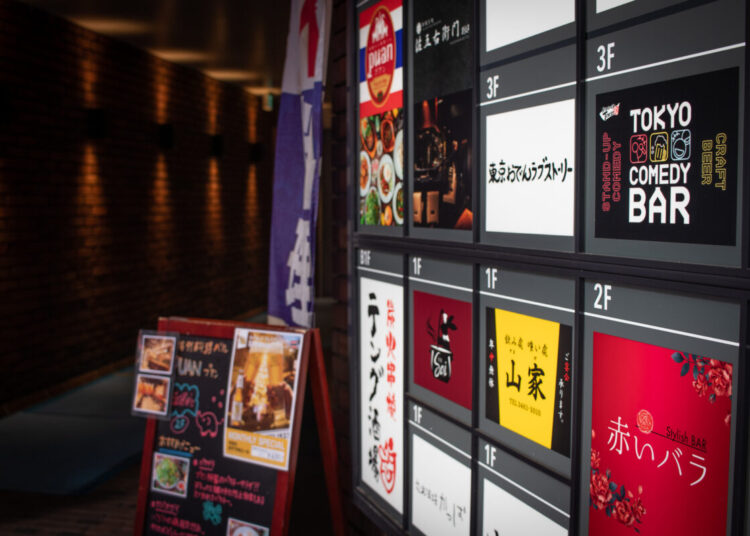Japan is an island nation in more ways than just geographically. At different times and in different ways it can feel really distant and cut off from the rest of the world. I like to think of the various “bridges,” the people who have connected Japan to the rest of the world, including the many foreigners who have attained legendary status as part of Japanese history and pop culture. So here are my picks for the 15 most important foreigners to the Japanese.
15. Naomi Osaka
The Japan-born tennis player has become a symbol of a new Japan that’s less homogenous. With her recent rise to world fame in tennis circles, the half-Japanese, half-Haitian player has become the darling of Japanese media, regularly appearing in interviews. People find her less-than-perfect Japanese skills adorable.
https://twitter.com/JListPeter/status/1082553328557449216
14. Arnold Schwarzenegger
If you watch enough anime, you might have picked up on the theme that, to be really close to someone, you need to have a nickname that only that person or group knows. That’s how the Japanese feel about “Shuwa-chan,” who’s been a popular face in the Japanese media (and in ridiculous TV commercials) for decades.
13. Abraham Lincoln/Martin Luther King
Many foreigners are well-known to the Japanese because they’re in textbooks that everyone uses to learn from. Abraham Lincoln and Martin Luther King are both from this group: because their most famous speeches (The Gettysburg Address and the I Have a Dream speech, respectively) are both required study during Japanese school, these two men loom extremely large to all Japanese.
https://twitter.com/JListPeter/status/1082538635277217792
12. Audrey Hepburn
Soon after I arrived in Japan, Audrey Hepburn died, and the entire country went into deep mourning, which surprised me. I learned that the actress was wildly popular in Japan because she was the first star of her era to become famous despite having petite breasts. Her movies, including Roman Holiday and Breakfast at Tiffany’s, are legendary here. She’s been digitally resurrected by Kirin to sell canned and bottled tea in Japan and China.
11. Philipp Franz von Siebold
A military surgeon who was assigned to the Dutch settlement of Dejima in Nagasaki, and is credited with introducing the first Western medical practices into Japan, including teaching cataracts surgical techniques to the Shogun’s ophthalmologist. When he was found to possess maps of Japan, which were illegal for foreigners to own, he was expelled from the country. He’s credited with bringing the first piano into Japan. His daughter, one of the first haafu in history, became Japan’s first female doctor.
10. Thomas Blake Glover
A merchant who came to Nagasaki to buy green tea from Japan, and ended up aiding a revolution by supplying weapons to the reformers from Satsuma and Choshu (modern Kagoshima and Yamaguchi) who sought to overthrow the Tokugawa military government and “restore” the Emperor to direct rule. He secretly helped five young samurai travel to Britain and attain knowledge of the West, including the future first Prime Minister of Japan.
9. Ranald Macdonald
A guy who isn’t really famous, but should be. The first English teacher in Japan, he was a half-Chinook born in the Oregon territory in 1824, who developed a fascination with Japan, which was closed off to outsiders at the time. In 1848, he persuaded a ship captain to let him go ashore in Hokkaido, pretending to be a shipwreck survivor. He was arrested and sent to Nagasaki where he taught English to 14 samurai before being put on a ship for home. Sadly it didn’t occur to him to write a book about his experience until 50 years later.
8. Lafcadio Hearn/Koizumi Yakumo
If the above is the Father of ESL Teachers, then Lafcadio Hearn is the Father of Japan Bloggers. A Greek/Irish emigrant to the U.S., he did newspaper work before going to Japan in 1890. There he found his true calling, writing newspaper articles and books collecting information about the Meiji-era Japan he saw, including translating the first stories of Japanese youkai ghosts into English. He became the first foreigner to attain Japanese citizenship, along with a Japanese name (Koizumi Yakumo).
7. William Adams, the English Samurai Lord
Imagine washing ashore in Japan, and the next thing you know, you’ve become a key advisor to the Shogun of Japan, given the title of daimyo (feudal lord) complete with official samurai swords and retainers. That’s what happened to William Adams, whose arrival helped secure victory for the Tokugawa clan thanks to the canon on this ship in 1600. His story was fictionalized in the novel Shogun.
I love the idea that, while Macbeth and King Lear were being performed on stage for the first time in London, a very different drama was unfolding in Japan, as an Englishman became a samurai and changed the course of history.
6. Dave Spector
A fixture on Japanese TV, right up there with Beat Takeshi, Dave became obsessed with Japan in school, and taught himself the language through manga. Sent to Japan to find interesting video clips for Ripley’s Believe it or Not in 1983, he became a “gaijin tarento” (foreign talent) because of his language skills, before using his knowledge of the broadcasting world to found a production company. He’s fabulously wealthy and successful, and I hate him because his Japanese is better than mine.
5. Colonel Sanders
The most recognizable gaijiin in Japan, a statue of Harland Sanders can be found in front of all of Japan’s 1000+ KFC restaurants in Japan, and millions of Japanese families eat KFC for Christmas dinner, “just like they do in the USA.” And he’s alive and well and living in Japan!
4. Francis Xavier
The first Christian missionary to visit Japan, he’s a part of the history of Japan in the 16th century, though his efforts to Christianize the country eventually failed. There’s an urban legend that Xavier’s soul lives on in magical creatures called Kappa said to live in rivers and lakes all around Japan.
3. Clark Hakase
When Japan was modernizing wildly in the late 19th century, a lot of foreign specialists were hired to come and teach modern scientific methods. One was William S. Clark, who came from Massachusetts Agricultural College to teach farming at what would become Sapporo University. His famous words “Boys, be ambitious!” made a lasting impression on the young country, and he became one of the most iconic foreigners in Japan ever, despite only spending 8 months in Japan.
2. Douglas MacArthur
One of the lasting enigmas of Japan is whether they hate the U.S. for defeating them so utterly in WWII. The answer is no, and in fact I can’t think of a country that’s more pro-American than Japan the world today. South Korea, a country we rescued from domination by the Chinese-backed North Koreans in their hour of need, seems to have a far less positive view of the U.S.
One reason was Douglas MacArthur, who, I’ve heard from many Japanese individuals, “saved Japan” from itself and put it on the current path of peace and prosperity it’s enjoyed over the last seven decades. He broke up the zaibatsu conglomerates, redistributed land into the hands of average families and generally oversaw the rebuilding of Japan in the wisest way possible. My Japanese mother-in-law is especially full of praise of the man.
MacArthur has been the subject of Takarazuka Revue stage plays (those plays with all-female casts), and Tommy Lee Jones has played him in a Japanese film about the end of WWII. Definitely one of the top iconic foreigners in Japan.
1. Admiral Perry
Another example of a presumed enemy to Japan becoming a beloved folk hero, Matthew C. Perry commanded the “black ships” that appeared in Edo Bay in order to force Japan to open up to trade with the United States. He’s a part of Japanese pop culture now: you can buy little cakes with his image on them in Yokohama and Hakodate, and he shows up regularly in anime, too.
Got any questions about the most iconic foreigners in Japan? Ask us on Twitter!


